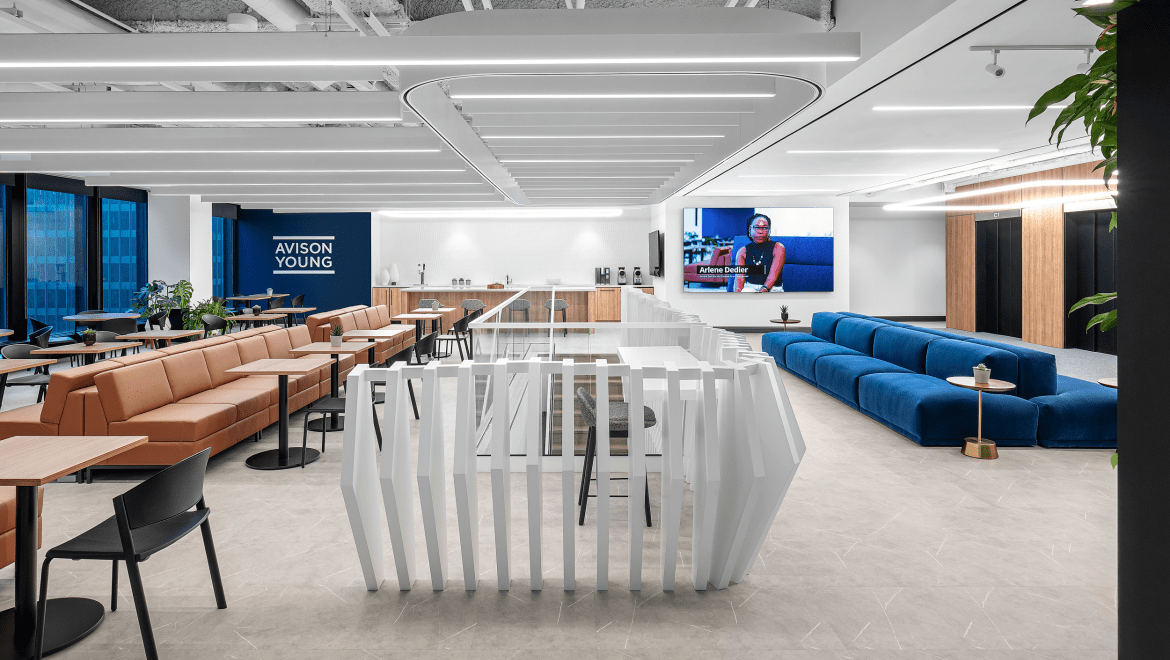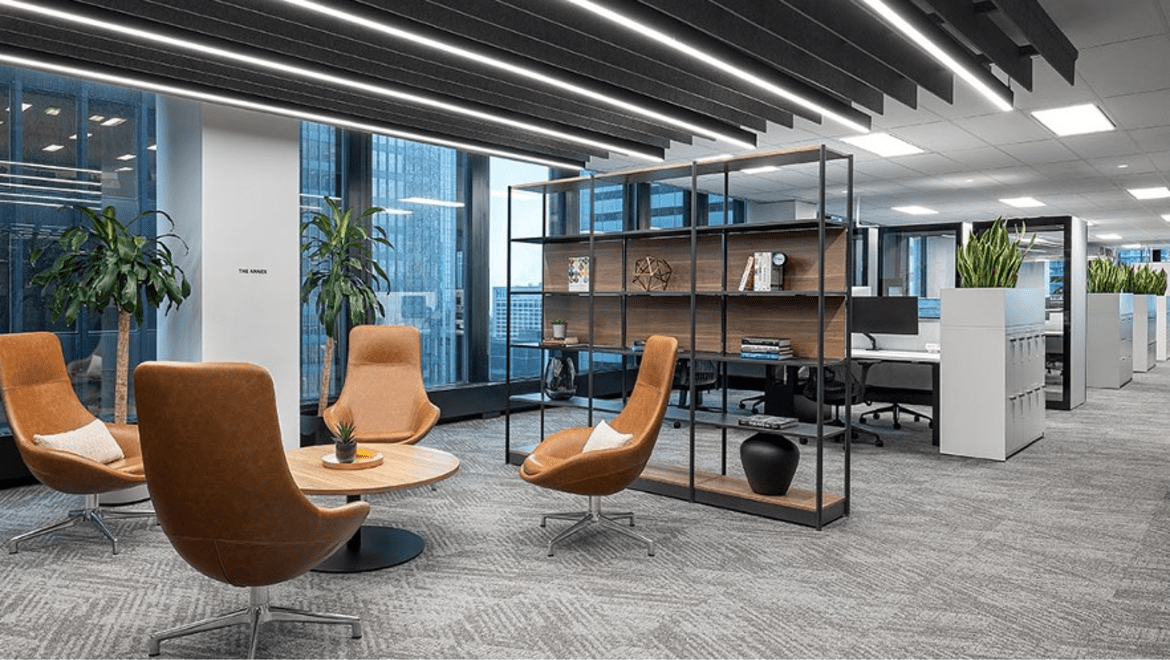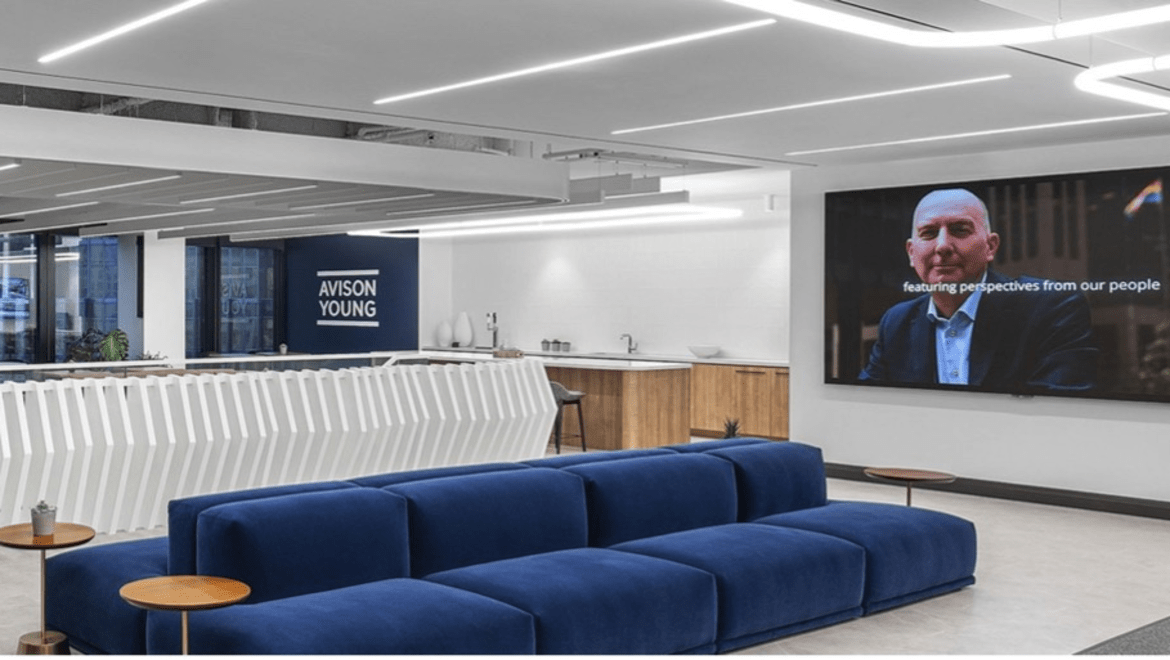Neurodiversity: Designing Workplaces for Inclusion
Avison Young

In recent years, many companies–aware that having a spectrum of different thinking styles within an organization leads to innovation–have launched efforts to hire neurodiverse employees and make the workplace more inclusive of their needs. Microsoft, J.P. Morgan Chase, and EY are among those that reported their neurodiverse hiring programs led to productivity gains, improvements in work quality, and more, according to Harvard Business Review.
Neurodivergents, who represent one in seven people worldwide, are individuals and not monoliths. There is a common saying in the Autistic Spectrum Disorder (ASD) community that conveys this: “If you know one Autistic person, you know...one Autistic person.” In other words, ASD presents itself in these individuals in incredibly diverse ways. People are unique individuals who have different skills, abilities, and needs, which should be considered. However, there are some common threads when designing workplaces to be more inclusive of neurodiversity, including creating respite areas where people can retreat when they are overstimulated.
 Avison Young’s Toronto Office
Avison Young’s Toronto Office
Sensory inclusion
Most people have preferences when it comes to the senses. But for most neurodiverse people, it is much deeper than a preference. Some may be entirely unable to filter out unimportant sensory inputs like the coworker’s loud phone conversation on the other side of the room. These intrusions may feel like nails on a chalkboard. They drain focus and feel overwhelming and overstimulating. An office is not inclusive without accounting for spaces that provide choices for different working environments.
The goal is not to separate neurodivergent individuals but to include and support them within the fabric of the office.
 Avison Young’s Toronto Office
Avison Young’s Toronto Office
Retreats, by design
The hustle and bustle of the workplace can overwhelm neurodiverse people with sensory overload. The best way to address this: Design relaxing nooks and decompression spaces. Here are some considerations when designing wellness spaces:
Inclusivity is key
By adopting a first-come, first-served approach, these spaces offer spontaneous relief without drawing undue attention to the neurodiverse individuals seeking a reprieve. This strategy not only aids in maintaining the dignity of those with diverse needs but also emphasizes an environment of equality where the well-being of every employee is valued and supported.
Involving neurodivergent employees in the design process of these spaces is not only beneficial but essential. Discreet collaboration with those who will directly benefit from these areas ensures their individual needs are met. If your company has established affinity groups for neurodivergent employees, this is a great place to start. This approach not only garners valuable insights but also fosters a sense of ownership and belonging.